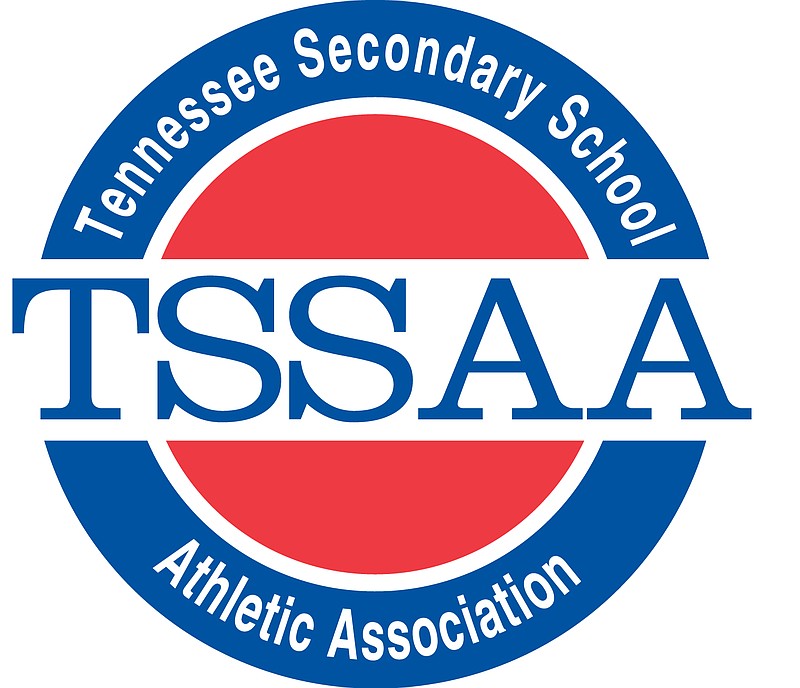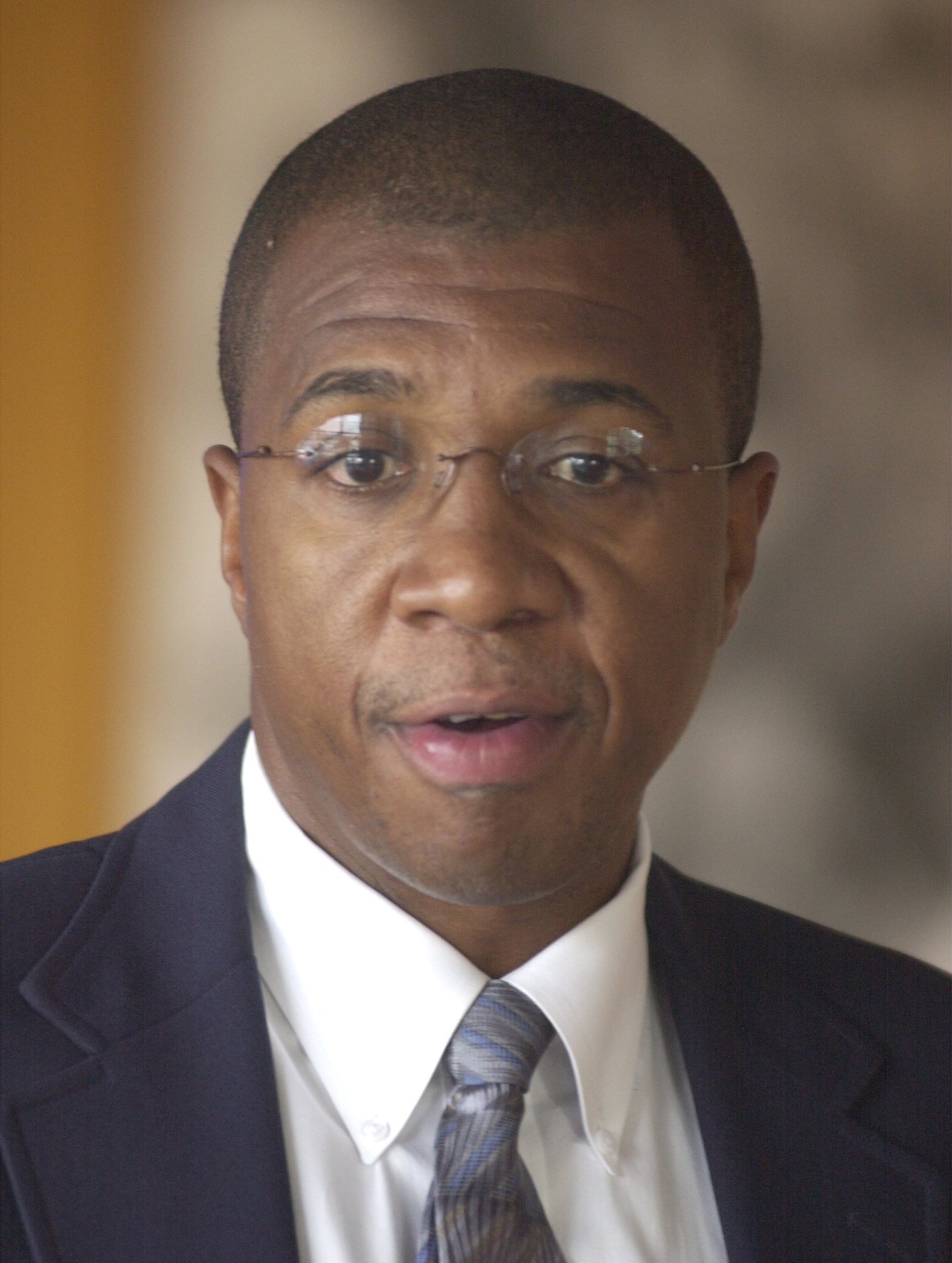The biggest issue facing Tennessee high school sports for more than two decades is expected to take a giant step toward finally being decided today.
The Tennessee Secondary School Athletic Association's Legislative Council, which sets the rules for the state's high school athletic teams, will hold a special meeting this morning to discuss five proposals for how to deal with the issue of whether public and private schools should continue competing in the same division for district and state championships or split into completely separate divisions.
"This is, by far, the biggest decision since I took over [in 2009] because it will shape the direction of our future," TSSAA Executive Director Bernard Childress said. "Whatever is decided, it will determine the future of high school sports for both public schools and independent schools for years to come."
Once the nine-member council narrows the choices at today's meeting, being held at the Embassy Suites and Convention Center in Murfreesboro, the group will also set a date, expected to be in mid-July, to vote on what has been a recurring hot-button issue for more than 20 years. Whether that vote finally puts an end to the long-standing public-private debate will largely depend on which of the five proposals advance past today.
"We need to go ahead and deal with it this calendar year because if there's a major change we need as much time as possible to plan for it before the next school year begins," Childress said. "Our member schools deserve to know how to prepare. If there were to be a complete split, we have to start from scratch in every sport and every class and look at what the proper number of classes would be for each sport, in Division I and Division II. That would require a lot of work."
Any change would not go into effect until the next classification period, beginning with the 2017-18 school year.
The proposals were put together by a committee of administrators and coaches from public and private schools, which met for more than a year. Those proposals include:
' Keeping the current system the way it is, which means schools that provide need-based financial aid will remain in Division II and the remaining schools compete in Division I, with the private schools in D-I having their enrollment multiplied.
' Move all schools together for the regular season, then separate all private and public schools in the postseason.
' Bring all schools together and classify them based on their on-field success. This would move the traditional powerhouse teams up to the larger classifications, regardless of the size of school enrollment.
' A complete split in regular season and postseason based strictly on schools that give financial aid and those that don't.
' Classify schools based on whether they are located in an urban or rural area, as determined by the latest U.S. Census, as well as enrollment. In this scenario, the smaller classes would be made up of schools in rural areas while the larger classes would be schools from urban areas. The divisions for rural and urban schools also would be further classified based on enrollment.
At the heart of the debate is the long-standing perception by public schools that private schools have an unfair competitive advantage. The current proposals are aimed at helping smaller public schools, since private schools compete against public schools only in the four smallest classifications in football and the two smaller classes in all other sports.
Should a complete split happen, it would be the third time the TSSAA has had to enforce a separation of public and private schools in the last 18 years. The two previous changes were compromises - first the creation of Division II, which took place in 1997 and separated private schools that choose to give need-based financial aid to student-athletes. That move served to quiet the grumbling by the larger public schools, but smaller public schools complained enough that five years later the state implemented a multiplier on private schools that choose not to give financial aid to student-athletes in order to remain in the public-school division.
Currently, 46 private schools compete against each other in D-II, while 23 other private schools, mostly in the smaller classifications, still compete in the public-school division and must tolerate having their enrollment multiplied by 1.8, the highest in the nation, to do so.
Neither previous change silenced the outcry for a complete split by the majority of statewide public schools.
"I'm for the complete split, no ifs, ands or buts about it," said Meigs County football coach Jason Fitzgerald. "The private schools recruit and everybody knows it. They're still getting kids from every zone. I've been put out of the playoffs enough by private schools and I know the kids those teams recruited in. Nobody can argue that the public schools are at a disadvantage.
"The multiplier doesn't work and the only reason you don't have 100 percent in favor of the split is because this only affects the smaller schools. Let the teams in 5A and 6A have to play private schools again and see how fast they agree with us and push for a complete split."
In 1997, a statewide poll of athletic directors showed 52 percent of TSSAA member schools supported a complete split of public-private schools. Five years later that total was up to 70 percent, which led to the multiplier being implemented.
The Times Free Press conducted a poll of 41 administrators from area schools last summer and found that 33 of those - 80 percent - now favored a complete split.
"The key is for all our council members to vote how the majority of schools they represent want and not just however is best for their school," said Soddy-Daisy Principal Danny Gilbert, who represents the Chattanooga area on the council.
"It's a tough process and it's going to affect every high school athlete and every sport for a long time no matter what we decide."
Contact Stephen Hargis at shargis@timesfreepress.com or 423-757-6293.

